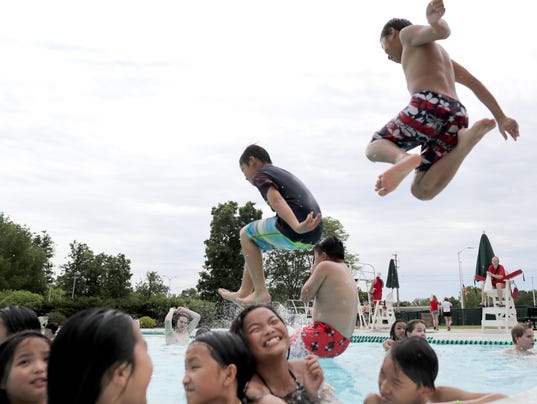
We’ve arrived at summer, so as we swing our golf clubs, cast our fishing rods, garden and do our farm chores, we need to keep care of our skin in mind, too.
Sunburns can happen quickly to skin that’s been hiding under long-sleeved shirts and sweaters for months. I am warning patients to limit their skin’s exposure to the sun, especially until their skin begins to tan. It’s important to wear hats and coat our skin with sunscreen to limit the effects of the damaging ultraviolet (UV) rays that cause sunburn. That’s especially important for babies and toddlers.
There are two kinds of UV rays — UVA and UVB — and UVB is the one most associated with sunburns. Wearing sunscreen is the only way to protect skin against those harmful rays. (Tanning beds also emit UVA and UVB rays and can be more damaging than the sun’s rays because of their intensity.)
I offer this advice to avoid sunburns:
- Limit your exposure to the sun between 10 a.m. and 4 p.m.
- Avoid sun tanning lamps and tanning beds.
- Cover up when outside — wear a wide-brimmed hat and cover your arms and legs with light-colored clothing.
- Apply sunscreen — a minimum of SPF 15 or SPF 30 with a broad-spectrum protection against UVA and UVB rays is important. (The product will list those on its label.) Be sure to coat your ears, the tops of your feet, and even the top of your head where there may be less hair if you’re not wearing a hat.
- Wear sunglasses. Excessive exposure of your eyes to direct sunlight will hasten the development of cataracts.
Farmers and outdoor enthusiasts — boaters, kayakers, bikers, fishermen and more — can quickly lose track of how much time they’ve allowed their skin to be exposed to damaging sun rays. It’s important we apply sunscreen before heading outdoors, whether we’re working or playing. It’s recommended to apply sunscreen about 30 minutes before going outdoors … and reapply every couple of hours if we’re sweating, swimming, or otherwise diluting the layer of sunscreen on our skin.
If you’ve become sunburned, I recommend:
- Take an over-the-counter pain reliever, if necessary.
- Cool the skin with cold compresses such as a towel dampened with cool water.
- Apply a moisturizer … preferably one containing aloe vera. Avoid products that list alcohol as an ingredient as this can dry your skin.
- Do not break blisters. If a blister breaks, clean the area with mild soap and water and coat with an antibiotic ointment and cover with a light, clean gauze bandage.
- Continue to moisturize as the skin begins to peel.
- Protect the sunburned area from further sun exposure/burn.
If you’ve received a severe sunburn, see your doctor if:
- Blisters cover a large area of your body.
- The burn is accompanied by a high fever, extreme pain, headaches, confusion, nausea and/or chills.
- The burn doesn’t respond to home treatment in two days.
- Your skin begins to show signs of infection, such as increased pain, tenderness to the area, swelling, and yellow drainage.
Enjoy these great days of summer, but be wise to protect your skin.
source:-.postcrescen